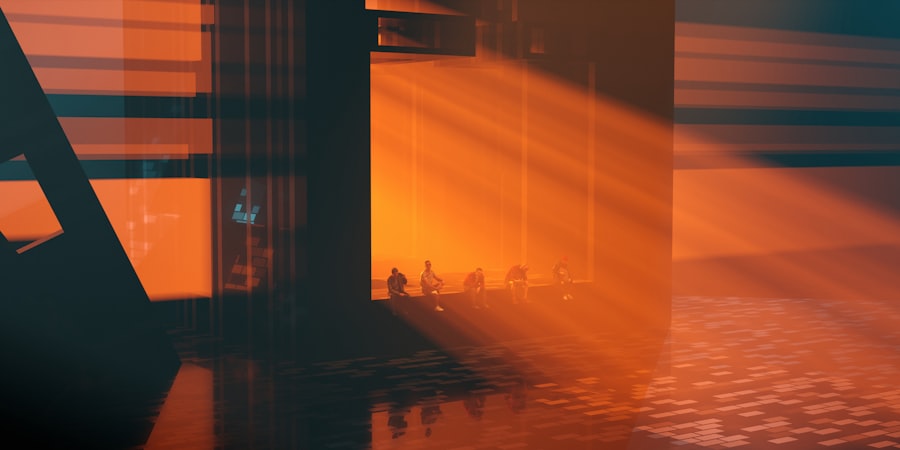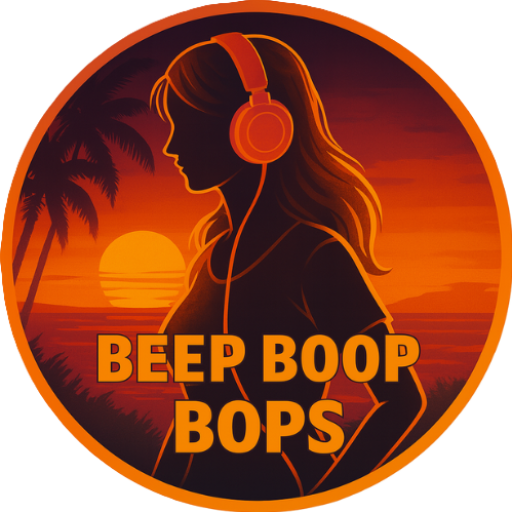When you think about music videos, what often comes to mind is the vibrant interplay of sound and imagery that captivates your senses. Music videos serve as a powerful medium for artists to convey their messages, emotions, and narratives in a way that transcends mere audio. The visual component enhances the auditory experience, creating a multi-dimensional storytelling platform that resonates deeply with viewers.
You may find that the combination of music and visuals can evoke feelings and thoughts that words alone cannot express. This synergy between sound and sight is what makes visual storytelling in music videos so compelling. As you immerse yourself in a music video, you may notice how the visuals can amplify the song’s themes or even introduce new layers of meaning.
For instance, a song about heartbreak might be accompanied by imagery of desolate landscapes or intimate moments between characters, allowing you to feel the weight of the lyrics more profoundly. This is where the power of visual storytelling truly shines; it invites you to engage with the music on a deeper level, encouraging you to interpret the narrative in your own unique way. The ability to weave together sound and imagery creates an emotional tapestry that can linger in your mind long after the video has ended.
Key Takeaways
- Visual storytelling in music videos has the power to enhance the emotional impact of a song and create a deeper connection with the audience.
- Instrumental music videos convey emotion and narrative through the use of imagery, symbolism, and visual storytelling techniques.
- Non-verbal music video storytelling allows for creative freedom and interpretation, allowing the audience to connect with the music on a personal level.
- Cinematography and editing play a crucial role in non-lyrical music videos, shaping the visual narrative and enhancing the overall storytelling experience.
- Successful examples of non-verbal music video storytelling include “Take On Me” by A-ha and “Weapon of Choice” by Fatboy Slim, showcasing the potential for creativity and impact in this genre.
- The future of non-lyrical music videos in the digital age holds potential for innovative storytelling techniques and immersive visual experiences, further enhancing the connection between music and audience.
How Instrumental Music Videos Convey Emotion and Narrative
The Power of Visual Storytelling
The absence of lyrics encourages a more intense focus on the nuances of the visuals, which become the primary vehicle for storytelling. The emotional weight of the music can be mirrored in the imagery, creating a powerful connection that resonates with the viewer’s own experiences. Every frame becomes crucial in conveying the intended message.
Evoking Emotions through Visual Elements
The choice of colors, lighting, and movement can evoke specific feelings in the viewer. Warm hues might create a sense of nostalgia, and darker tones could evoke tension or sadness. The narrative can unfold through visual metaphors, such as a journey through nature symbolizing personal growth or transformation.
A Personal and Universal Experience
As you immerse yourself in the world of the instrumental music video, you may find yourself drawn into a story that is both universal and deeply personal. The music guides your emotions, allowing you to experience a narrative that resonates with your own experiences.
Exploring the Creative Freedom of Non-Verbal Music Video Storytelling

The realm of non-verbal music video storytelling opens up a world of creative possibilities. Without the constraints of lyrics, directors and artists can explore abstract concepts and emotions in ways that traditional storytelling might not allow. You may appreciate how this freedom encourages experimentation with visual styles, narrative structures, and thematic elements.
The result is often a rich tapestry of imagery that invites you to engage your imagination and interpret the story in your own way. This creative freedom can lead to innovative approaches to storytelling. For instance, you might encounter videos that utilize surrealism or symbolism to convey complex emotions or ideas.
The absence of dialogue allows for a more fluid interpretation, where you can project your own feelings and experiences onto the visuals. This open-endedness can create a more immersive experience, as you become an active participant in deciphering the narrative rather than a passive observer. In this way, non-verbal music videos can foster a deeper connection between you and the art, making each viewing a unique experience.
The Role of Cinematography and Editing in Non-Lyrical Music Videos
Cinematography and editing play pivotal roles in shaping the narrative and emotional impact of non-lyrical music videos. As you watch these videos, you may notice how camera angles, movements, and framing choices contribute to the overall mood and tone. For example, close-up shots can create intimacy, drawing you into the emotional core of the story, while wide shots may evoke feelings of isolation or grandeur.
The way scenes are composed can significantly influence how you perceive the unfolding narrative. Editing also plays a crucial role in pacing and rhythm, mirroring the tempo of the music itself. You might find that quick cuts create a sense of urgency or excitement, while longer takes allow for reflection and contemplation.
The interplay between visuals and sound can enhance your emotional response, guiding you through peaks and valleys in the narrative arc. As you engage with these elements, you may come to appreciate how cinematography and editing work hand-in-hand to create a cohesive storytelling experience that resonates on multiple levels.
Examples of Successful Non-Verbal Music Video Storytelling
Throughout the years, numerous non-verbal music videos have successfully captured audiences’ imaginations through their innovative storytelling techniques. One notable example is “The Four Seasons” by Max Richter, which features stunning visuals that complement the emotive power of his composition. As you watch this video, you may find yourself transported through various landscapes that reflect the changing seasons, each frame resonating with the ebb and flow of the music.
The absence of lyrics allows for a pure emotional experience, inviting you to interpret the visuals based on your own feelings and memories. Another compelling example is “We Are All We Have” by composer Ólafur Arnalds. This video employs minimalist visuals that focus on human connection and vulnerability.
As you observe the interactions between individuals portrayed in the video, you may feel a profound sense of empathy and understanding. The simplicity of the imagery allows the music to take center stage, creating an intimate atmosphere that encourages reflection on shared human experiences. These examples illustrate how non-verbal music videos can transcend traditional storytelling methods, offering viewers like you an opportunity to engage with art on a deeply personal level.
The Future of Non-Lyrical Music Videos in the Digital Age

As we move further into the digital age, non-lyrical music videos are poised to evolve in exciting ways. With advancements in technology and accessibility to creative tools, artists are empowered to experiment with new formats and styles that push the boundaries of visual storytelling. You may find that virtual reality (VR) and augmented reality (AR) are becoming increasingly integrated into music videos, offering immersive experiences that allow you to step inside the narrative world created by artists.
Moreover, social media platforms have transformed how music videos are shared and consumed. Short-form content has gained popularity, leading to innovative approaches where artists create bite-sized visual stories that capture attention quickly while still conveying emotion and narrative depth. As you navigate these platforms, you may discover a wealth of non-lyrical music videos that challenge traditional storytelling conventions while engaging audiences in fresh ways.
The future holds endless possibilities for non-verbal music video storytelling, inviting you to explore new dimensions of creativity and expression as artists continue to redefine what it means to tell stories through music and visuals.



